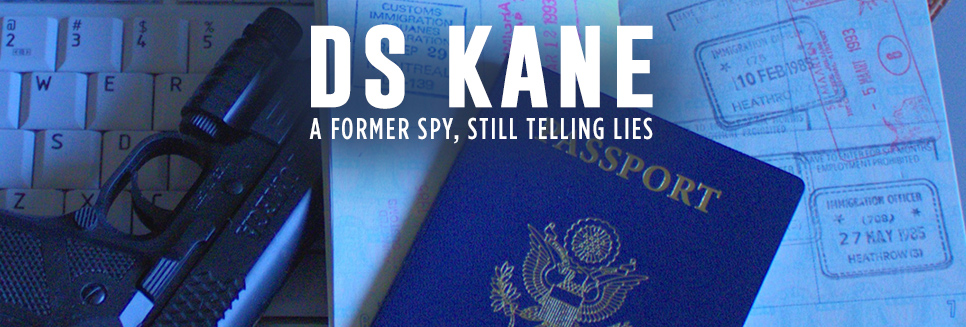From March 19 through March 21, Swiftshadow, Book 3 of the Spies Lie series by DS Kane was on Amazon's BESTSELLER List, as high as number 10 in Technothrillers and number 17 in Espionage.
During that three day span, Swiftshadow's positon exceeded that of other popular thriller authors, including:
- B, V. Larson (Techworld,
#21, Dust World #29, #69, Extinction #31, Swarm #33, #56, Annihilation #46,
The Dead Sun #47, Conquest #36, Exile #41, #53, Rebellion #42, Storm
Assault #50, Conquest #51, Tech World #19, #21, #49, Battle Station #61,
Empire #62, Army of One #77, Starfire #85)
- James Patterson
(Private Vegas #16, #25)
- Dale Brown
(Starfire #36)
- William Gibson
(The Peripheral #45, #68, 95)
- Bob Mayer (The
Gate #41)
- Tom Clancy (Rainbow
Six #54, #70, Threat Vector #52, #55, Locked On #65, 80 Cardinal of the
Kremlin #67, Debt of Honor #76, Red Storm Rising #90, Clear and Present Danger
#93)
- J. A. Konrath (The
List #75)
- Michael Crichton
(State of Fear #86)
- Mark Greaney (Back
Blast #72)
- Chuck Palahniuk (Beautiful
You #81)
- Daniel Suarez
(Daemon #81)
- Dan Brown
(Digital Fortress #93)

